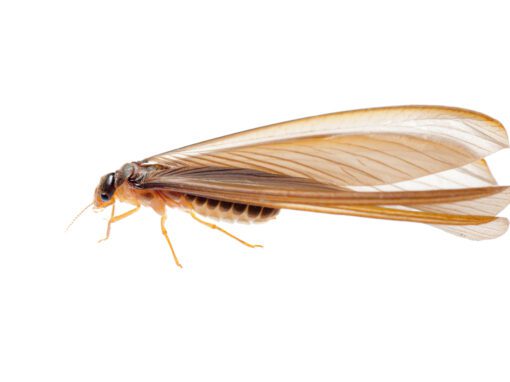You know what people aren’t talking about enough? Termites. So we’re gonna break the ice as weather warms up to equip you with the facts to keep your biggest investment safe. Because before we know it, swarming termites will be swirling in the afternoon sun. Termite swarm season is coming, folks.
When was the last time you had your home inspected?
Our specialists are already finding termites in places you would never imagine them to be. As a general rule of thumb, you should have your home inspected for termites every couple of years. if it’s been longer than two years since you’ve had your home inspected for termites, please take advantage of our termite risk assessment. When you’re one of our Healthy Home Maintenance customers, it’s included with your service. Click this link to schedule yours before the rush.
Our weather patterns have become so mild over the last few years. With warmer weather, what we’re seeing in the field is that these insects that dwell underground are not going as deep into the ground as they normally would. And since they’re so close to the surface, one rainfall could easily flood out a colony, sending them crawling up into homes or businesses.
Termites in our area
Subterranean Termites
The species of termite we see the most in our area are subterranean termites. They’re known as “silent destroyers”. This species builds protective mud tunnels above ground to search for food. They will die if exposed to open air for prolonged periods. This is not because they’re like vampires and can’t handle sunlight. It’s because being out in the elements dries their little soft bodies out.
Termites need moisture to survive. So oftentimes, they’re attracted to moisture inside the structure of our properties (rotten wood window frames, cracks in the foundation, downspouts or leaky hoses saturating the foundation, etc.). They will enter a building anywhere there is direct soil to structure contact. Colonies contain up to 2 million members, organized into castes depending on tasks—workers, soldiers and reproductive termites. Subterranean termites swarm in the spring, when groups of reproductive termites go off to start new colonies. If you see swarmers, there’s a colony close by.
Not all termites have wings. And sometimes ants have wings. So termite swarmers, like the one below, are often confused with flying ants, which also swarm in the spring when they’re searching for new colony locations. The main difference between a termite swarmer and an ant swarmer is the wings on a termite are equal in length, while ants have one set of wings that are shorter than the other set. Now, we don’t expect you to get on your hands and knees with a magnifying glass to inspect insect wings. That’s what we’re here for!!
Don’t let this happen to you house. This image reveals the damage that termites will do if you don’t get your house inspected regularly. They hang out where you can’t find them easily. And by the time you do find them, the damage is more than likely already done. Don’t think that just because you have a brick home you’re exempt from termites. Newspapers, cardboard boxes, drywall and clothing are all cellulose based. And that’s what termites are after.
What is Sentricon?
Having termites doesn’t mean you’re going to have to pump tons of chemicals into the ground. Technology is wayyyy more advanced in our industry nowadays compared to a couple of decades ago. We use Sentricon, an eco-friendly, unobtrusive termite baiting system that also serves as a preventative measure against future termite infestations.
Check out this video to see how it all works. Sentricon is available to you by our Rose expert Authorized Operators. And it’s included in our Healthy Home Maintenance Program Plus Sentricon (HHMP+).
Get in touch with us today to schedule your Termite Risk Assessment! We’re here to keep your home protected and your environment healthy!






